Real Cool Co-branding! IPers’s Talk about the Legal Issues behind Co-branding
2023.12.02
Publisher: Li Shujuan Li Haiqing
Luckin coffee and Maotai jointly release their source-flavored alcoholic lattes yesterday. It is reported that more than 5.42 million cups of source-flavored alcoholic lattes were sold on the first day, with the sales exceeding 100 million. As an intellectual property lawyer who is good at the field of trademarks, I am not only curious about the taste of the sauce-flavored alcoholic lattes, but also want to feel the real scene at the sales site. I thought I had avoided prime time, but was still shocked after arrival at Ruixing Store downstairs at B1, Jinmao Tower at three o’clock that afternoon. The mini program showed that all products had been sold out. The on-site staff basically did not prepare other flavors of drinks, but were still unable to complete the ultra-high order volume of source-flavored alcoholic lattes. Because the raw materials had been exhausted, many orders have been cancelled, and I was no exception. This is another real cool co-branding after the previous Luckin × Maltese”.
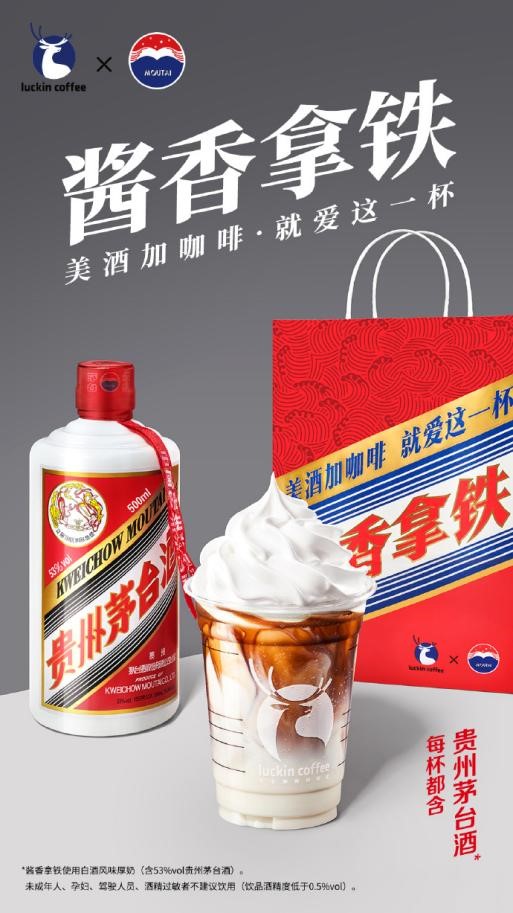
This reminds me of the series of seminars on hot issues of trademarks and copyrights jointly organized by the Intellectual Property Committee of the Shanghai Law Association and the High-quality Brand Protection Working Committee of the China Association of Enterprises with Foreign Investment. I also remember my sharing of views on legal issues related to the intellectual property rights of co-branding. Of course, co-branding has great advantages in terms of brand extension and stimulation of users’ buying desire. However, if co-branding is not well selected, or if the IP of brands is not well protected, there are likely to be various legal risks. Today, let’s take this chance to review the old topic of “the full cycle and special legal issues of co-branding”.
Co-branding is divided into multiple stages, including: the negotiation stage, the signing stage, the implementation stage, the later cooperation stage, and the expiration stage.
In the negotiation stage, the most important issue is to find a suitable partner and obtain authorization. Semir once released the “Semir China Chic product-China Chic Shaolin Kung Fu Semir” series. However, it was accused by the Shaolin Temple of non-authorization. This incident also caused a certain negative impact on Semir’s brand image. Therefore, in the stage of negotiations, it is necessary to confirm the rights basis of the participating partners, and to conduct a comprehensive search and analysis of their copyrights, and trademarks, etc., such as examining whether the copyright authorization chain is complete, searching the ownership and approved scope of use of trademarks, etc. In particular, attentions should be paid to following details: whether the copyright authorization has expired or is about to expire, which will greatly shake the basis of cooperation between the two parties; the category of registered trademark must cover the category in which you will use the brank, otherwise the expected purpose of authorization cannot be achieved and there will be greater commercial losses.
In the signing stage, first of all, important details should be clarified, such as the license method, the license scope, the license period, and the restrictions on the use of the right. From a legal point of view, no matter what type of co-branding, the essence is “intellectual property license”. Depending on the form and type of co-branding products, the license method can be a one-way license where one party licenses the intellectual property rights to the other party for creation, production and sales and charges a one-time license fee; or be a two-way license where both parties license respective intellectual property rights and a third party will be commissioned for production and sales, etc. Regarding the distribution of cooperative income, the usual methods include one-time royalties, royalties plus income sharing, and simple income sharing. At present, the simple income sharing is rarely used, and in most cases it is either one-time royalty or royalty plus income sharing. Secondly, it is necessary to clarify the ownership of rights, use methods, and scope of new intellectual property rights. Some new intellectual property may be generated in co-branding, such as new logos or new IPs that contain elements of each brand, the outer packaging design of co-branded products, the copyrights of IP-themed films, games, and comic works, materials created for promotion, etc. It is necessary to clarify the ownership of these new intellectual property rights, the way of use, the scope, and the distribution of benefits. Specific and detailed agreements should be reached to ensure stable and long-term returns. Finally, a “reputation guarantee” clause should be added to restrain the counterparty from a quality problem or other behaviors that reduces their social evaluation at a certain stage, allowing the partner to terminate the contract and claim compensation. This helps one party avoid the corresponding adverse consequences in the event of a crisis of the other party.
In the implementation stage, first of all, the creation and use of cooperative content should be timely reviewed and supervised, so as to prevent the use beyond the scope of license. Secondly, the corresponding products should be distinguished in terms of both the products and the promotion. Furthermore, they should clarify the provider of the overall products through standardizing the channels of product sales and after-sales services, etc.
In the later cooperation and the expiration stage, first of all, agreement should be reached on recycling such as redemption of products and digestion of inventory products, so as to avoid damage to the brand image caused by one party’s selling of co-branded products at low prices. The two parties may reach an agreement on redemption of the products, the digestion of inventory, the minimum discount, or the certain period of time for digestion. Secondly, the quantity of co-branded products before expiration should be restricted, so as to prevent the licensed party from mass-producing co-branded products when the agreement is about to expire or terminate. Finally, the commercial logos and promotional materials of the co-branding should be recycled or destroyed. In particular, the remaining trademark logos, and the promotional materials containing the trademark logos should be recycled or destroyed.
Of course, in addition to the legal problems that may arise at these stages of co-branding, the cross-category protection coverage of well-known brands may be expanded due to strengthened relevance of the well-known trademarks. For example, the LV brand had co-branded with Supreme, where a series of products with combination of “LV flower graphics” and “Supreme” trademark were released.
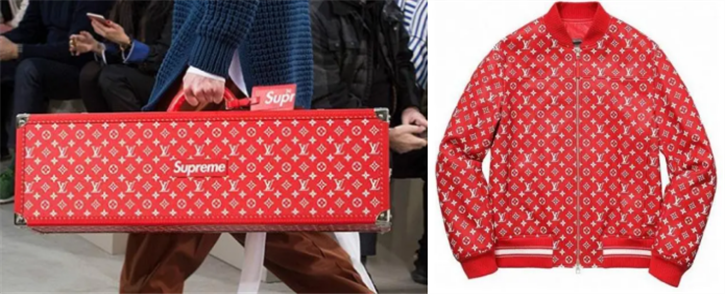
However, the “SUPREME TEA” shops used “LV flower graphics” on the decoration of its store and the outer packaging of drinks without permission:
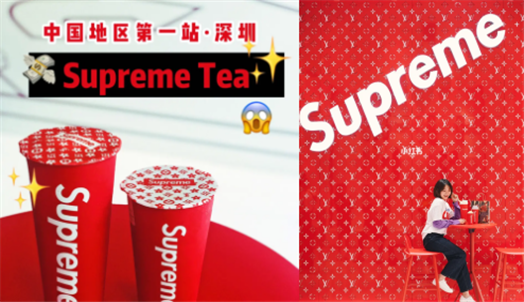
The court held that the co-branding between the well-known trademarks and Supreme brand strengthened the correlation between the accused “SUPREME TEA” shops and the well-known trademark, which would mislead consumers to believe that the graphics used by the Supreme tea shops are related to the co-branded well-known trademark. The protection of this well-known trademark can be expanded to the category of “SUPREME TEA” services through this association.
However, untimely trademark management in co-branding may also dilute the well-known trademarks. For example, “White Rabbit” reminds our generation of the taste of childhood. In recent years, “White Rabbit” has also co-branded with others to released the products such as “White Rabbit Ice cream”, “White Rabbit Perfume”, “White Rabbit Milk”, “White Rabbit lip balm”. However, there are many unauthorized “co-brandings” on the market. If they are not timely stopped, it is likely to cause the “generalization” of the well-known “White Rabbit”.
Moreover, if the trademark in co-branding is not used properly, there will also be a risk that the trademark will be revoked. For example, Tsingtao Beer and Shangri-La jointly launched the “Shangri-La Exclusive Tsingtao Beer” which won the favor of many consumers. Some netizens pointed out that “I became a fan of Qingdao Beere because of a Tsingtao beer customized by Shangri-La Group.” However, not long after the launch of co-brand, the “Shangri-La” trademark registered on “Category 32 beer, beverage preparations and other commodities” was revoked because it was “unused for three consecutive years.” The key reason is that the trademark was not used properly. The court held that the trademark used on the designated goods was red-dominated “Tsingtao Beer and Graphic”. It was located at a prominent position on the beer bottle, with a black logo combination of “Graphics and Shangri-La Hotel Group” near the mouth of the bottle. The words “Shangri-La Hotel Group” should be used as a trade name. Consumers will not recognize it as a trademark when they see the words.
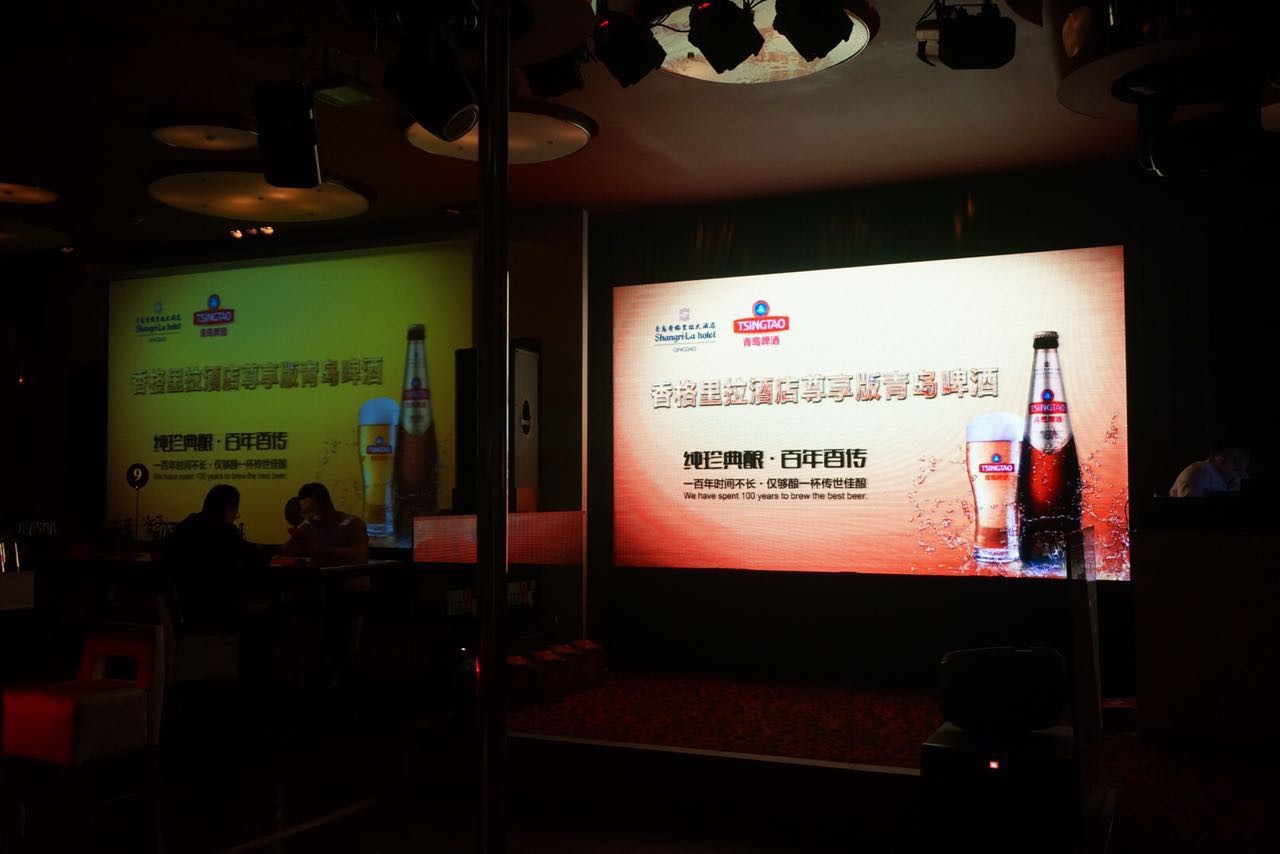
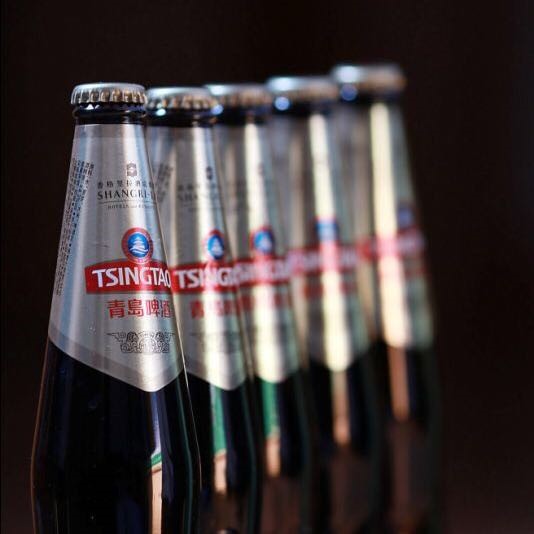
Today, the application of co-branding in marketing campaigns has been normalized and will become an inevitable trend in the future. However, the legal issues involved in co-branding are many and complex. Before deciding on the co-branding, the relevant entities must evaluate and analyze the corresponding legal risks, carry out full-cycle risk prevention and control, and timely maintain the IP, so as to avoid the failure of the “co-branding” and the opposite effect.







